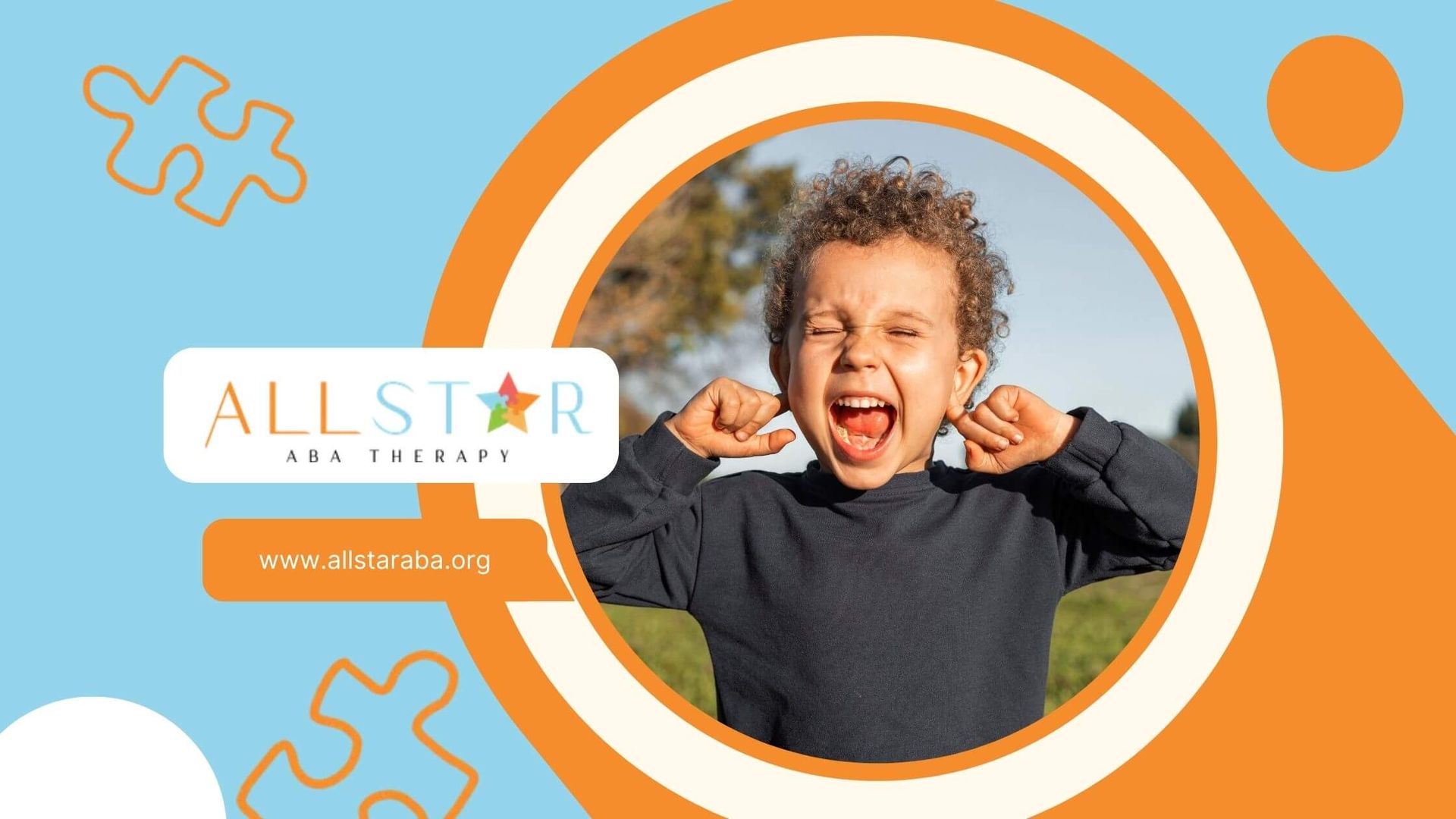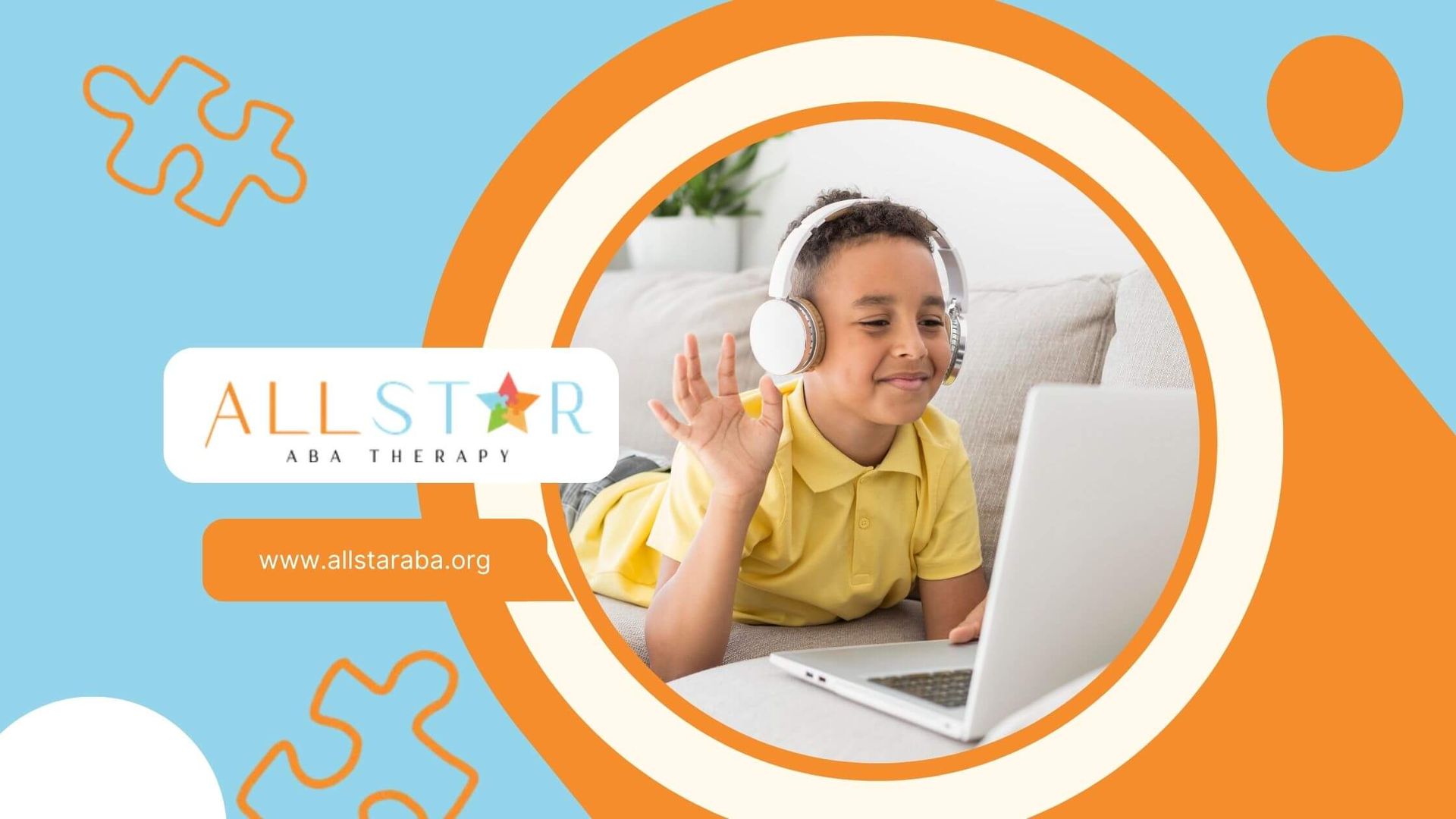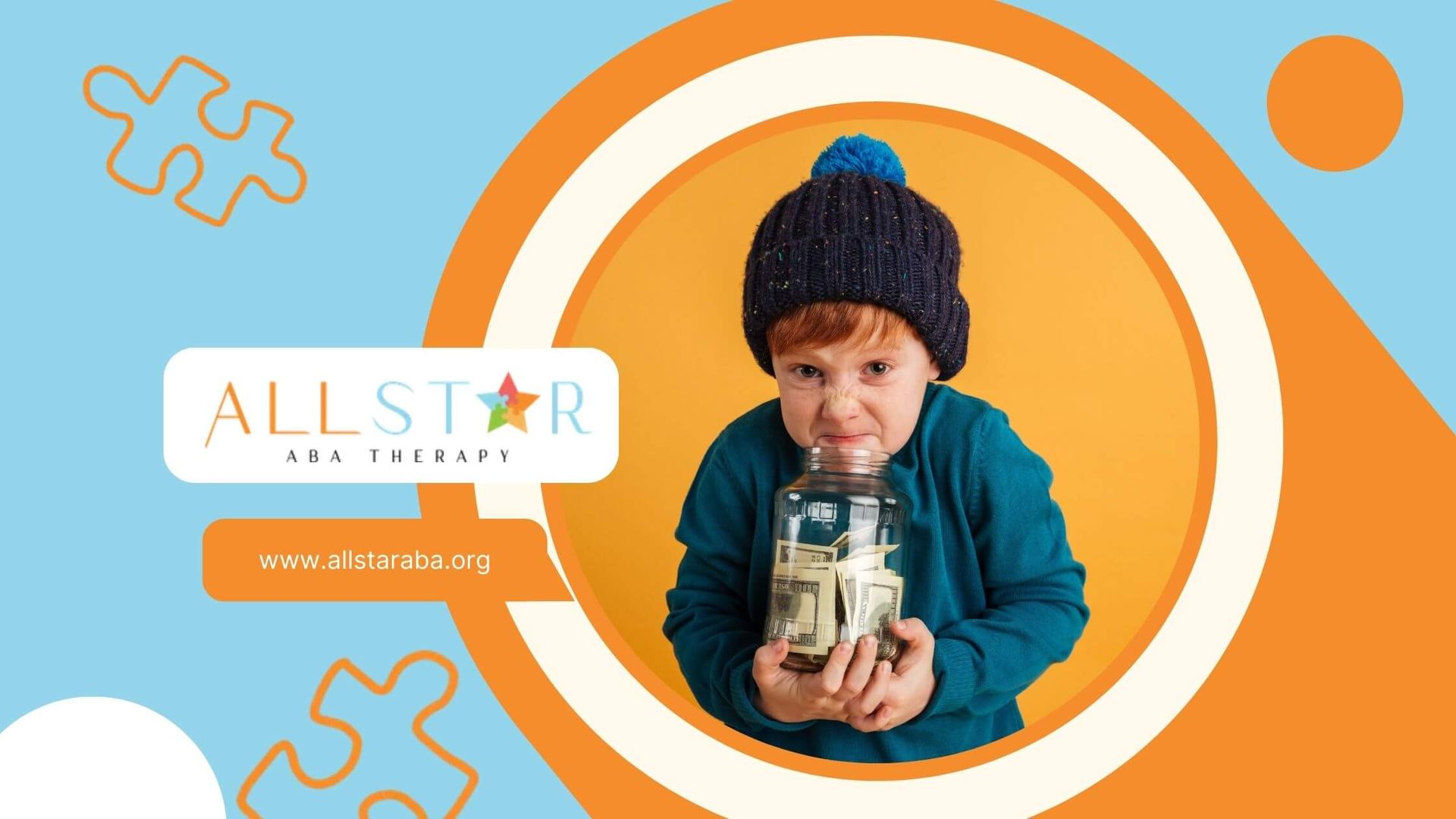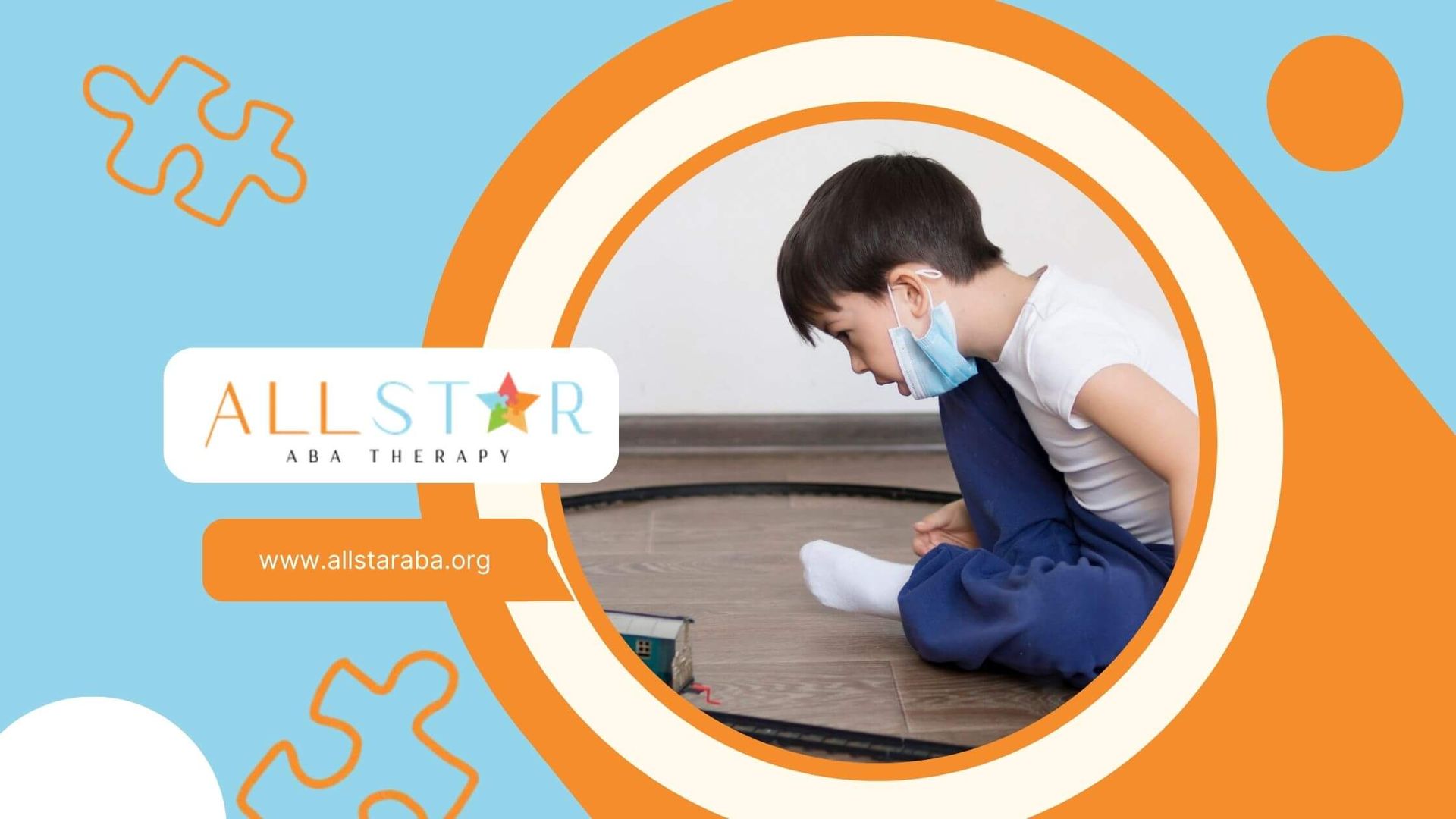New Paragraph
Managing Autism Hyperactivity: Tips for Parents
Parenting a child with autism comes with many unique joys and challenges. But when hyperactivity is also in the mix, things can feel even more overwhelming.
Many parents I’ve worked with initially assumed their child’s boundless energy was just a sign of ADHD, but hyperactivity in autistic children is often different. It’s usually linked to sensory sensitivities, anxiety, or difficulties with self-regulation.
I know a couple who were frustrated trying to keep up with their son—he was constantly on the move, jumping from one activity to the next without pause. They felt like nothing could help him slow down or focus. But once they learned how to implement structured routines and sensory-friendly strategies, things started improving.
That’s why it’s so important to understand why hyperactivity happens in autistic children and how we, as parents and caregivers, can provide the best autism support.
Understanding Autism and Hyperactivity in Children
Autism spectrum disorder (ASD) is a neurodevelopmental condition that affects social interaction, communication, and behavior. Many children on the spectrum also experience hyperactivity, making it harder for them to stay still, follow instructions, or regulate their energy levels.
At first glance, hyperactivity in autistic children can look a lot like ADHD. But the root causes are often different. While ADHD-related hyperactivity is typically due to impulse control and attention difficulties, autistic children may be hyperactive as a response to sensory overload or unmet sensory needs.
What Does Autism-Related Hyperactivity Look Like?
Recognizing the specific
traits of autism hyperactivity can make a big difference in how we support our children. Here are some common signs:
Constant Movement
Running, jumping, or climbing with seemingly endless energy. Children may appear to be in constant motion, moving from one activity to another without pause. This differs from typical childhood energy by its intensity and difficulty to redirect.
Restlessness and Fidgeting
Difficulty sitting still, especially in structured settings like school. May include squirming in seats, tapping hands or feet, or constantly changing positions. Often accompanied by discomfort with prolonged stillness.
Sensory-Seeking Behaviors
Spinning, rocking, or hand-flapping to regulate sensory input. These repetitive movements (stimming) help manage sensory overload or seek additional sensory stimulation. They serve an important regulatory function.
Impulsivity
Interrupting conversations, difficulty waiting their turn, or acting without thinking about consequences. May include blurting out answers or having trouble with impulse control in social situations. This stems from challenges with executive function.
Remember that every individual is unique, and these signs may manifest differently in each person.
Understanding these behaviors is the first step in helping children manage their energy in a healthy way.
Effective Communication Strategies
One of the biggest game-changers I’ve seen for parents is improving communication with their child. Many children with autism struggle with verbal communication, which can lead to frustration and, in turn, hyperactive behaviors.
Keeping Communication Clear and Predictable
We always recommend using simple, direct language and visual supports to reinforce instructions. Children with autism thrive on predictability, so maintaining a calm and consistent tone can help prevent meltdowns triggered by miscommunication.
Visual Aids to Improve Understanding
Visual aids can be life-changing for kids with autism and hyperactivity. Some of my go-to tools include:
- Visual schedules – A picture-based daily schedule helps children understand what’s coming next, reducing anxiety.
- Social stories – Short stories that explain social situations and expected behaviors in a way autistic children can understand.
- Timers and countdowns – These help children transition between activities, making changes less overwhelming.
When parents integrate visual tools into daily life, it makes routines smoother and interactions more positive.
Behavior Management Strategies
Managing hyperactivity isn’t about controlling behavior—it’s about understanding what’s driving it and finding ways to help children regulate their energy.
Building Structured Routines
Creating predictable routines helps reduce anxiety and improve focus. From waking up at the same time each morning to setting up a bedtime routine, structure can make a huge difference in how a child with autism hyperactivity navigates their day.
At school, collaborating with teachers to establish clear expectations and designated quiet spaces can also help a child manage their energy levels more effectively.
Using Positive Reinforcement
Rather than focusing on stopping "bad" behaviors, we encourage parents to reinforce positive actions. When a child sits through a short activity, takes turns, or follows instructions, rewarding them with praise or small incentives can motivate them to continue those behaviors.
A simple "Great job staying in your seat!" or offering a small reward (like extra playtime) helps children associate self-regulation with positive outcomes.
Creating a Sensory-Friendly Environment
Since hyperactivity in autism is often tied to sensory needs, making small changes in the home environment can work wonders.
Adjusting Sensory Input
Some kids with autism seek out sensory input, while others get easily overwhelmed. Here are some adjustments that can help:
- For sensory seekers: Provide fidget toys, swings, or weighted blankets to help them regulate their energy.
- For sensory-sensitive kids: Reduce loud noises, use soft lighting, and create a quiet space where they can retreat when overwhelmed.
Incorporating Movement Breaks
Instead of trying to stop hyperactivity, we recommend channeling it into structured activities like:
✔️ Trampoline jumping
✔️ Yoga or stretching
✔️ Short outdoor walks
✔️ Dancing or music time
Giving children designated times for movement can make it easier for them to sit still during learning or mealtime.
Educational Support and Resources
Many parents worry about how hyperactivity will affect their child’s education. The good news? With the right support, autistic children can thrive in school.
Individualized Learning Approaches
No two autistic children learn the same way, so a flexible learning plan is key. Schools can help by:
- Incorporating sensory breaks – Allowing kids to move around when needed.
- Using alternative seating – Like wobbly chairs or standing desks.
- Breaking down tasks – Simplifying instructions to make them more manageable.
If your child struggles in school, working with their teachers to develop an Individualized Education Program (IEP) can ensure they receive the accommodations they need.
At All Star ABA, we specialize in personalized ABA therapy that helps children develop essential skills, from communication to self-regulation. Whether your child benefits from structured routines, sensory integration, or social skills training, we’re here to guide you every step of the way.
📞 Ready to take the next step? Contact All Star ABA today and let’s create a plan that works for your child!
FAQs
What is the connection between autism and hyperactivity?
Autism and hyperactivity often overlap, but they stem from different causes. While ADHD-related hyperactivity is due to impulse control difficulties, autistic children may show hyperactivity due to sensory sensitivities or challenges with self-regulation.
How can I help my autistic child manage their hyperactivity?
You can support your child by creating structured routines, using sensory-friendly tools, incorporating movement breaks, and reinforcing positive behaviors with praise or rewards. ABA therapy can also be highly effective in teaching self-regulation skills.
Can ABA therapy help with autism hyperactivity?
Yes! ABA therapy focuses on behavior management, teaching children self-regulation skills, improving communication, and reducing hyperactive behaviors through personalized strategies.
Sources:
- https://pmc.ncbi.nlm.nih.gov/articles/PMC10983102/
- https://pmc.ncbi.nlm.nih.gov/articles/PMC9763138/
- https://www.columbiadoctors.org/treatments-conditions/attention-deficit-hyperactivity-disorder-autism-spectrum-disorder-and-learning-disabilities-pediatric
- https://childmind.org/article/my-granddaughter-has-autism-is-extremely-hyperactive-and-sleeps-erratically-her-medications-keep-changing-what-can-i-do/
- https://www.medicalnewstoday.com/articles/325618
- https://health.usnews.com/health-care/patient-advice/articles/2017-08-30/does-your-child-have-adhd-or-autism-spectrum-disorder-or-both
- https://www.autism.org.uk/advice-and-guidance/professional-practice/sensory-strategies
Need Support?
We're Here to Help!
Our experienced team is ready to assist you. Reach out today to discuss how we can support your child's development and well-being.
Get started with expert ABA therapy today.








